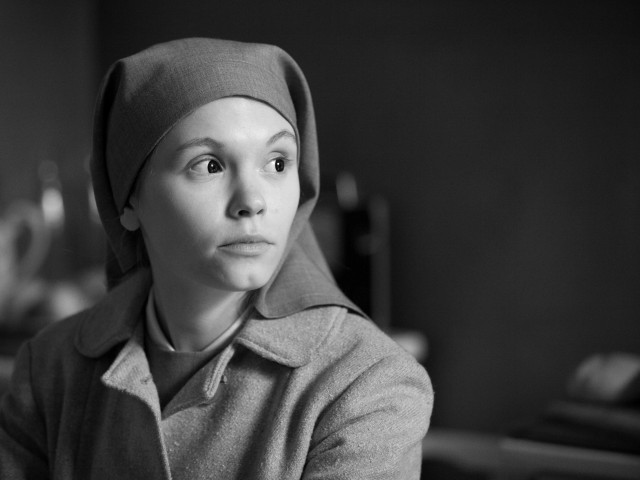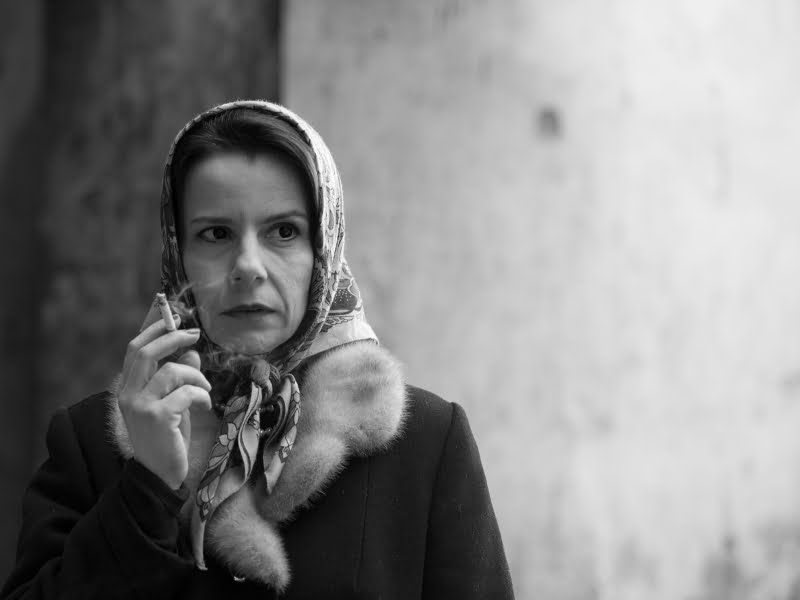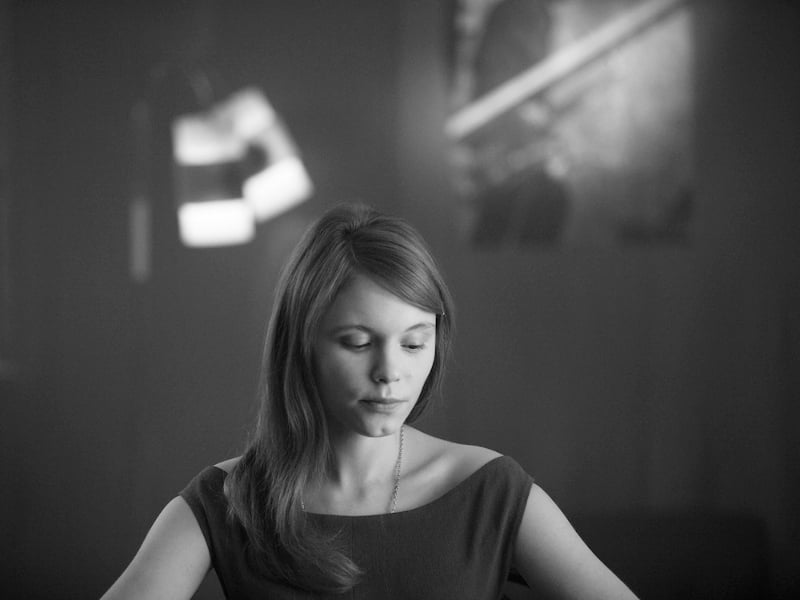
To say that Ida is a delicately crafted movie of an orphaned nun (Ida Lebenstein) and her aunt (Wanda Gruz), in the 1960s in Poland, would be selling it short. There is a depth in this movie that is subtle and poignant.
Ida Lebenstien is an orphaned novice at a convent, barely eighteen and on the eve of taking her vows. She is compelled to meet her absentee aunt for the first time. It is she who reveals to Ida her Jewish ancestry. Wanda Gruz used to be a public prosecutor for the communist Polish People’s Republic (which was indirectly under Soviet rule), but her sister Rosa, Ida’s mother, married below her class. They, along with Ida, lived in the countryside at the advent of the Second World War, and were initially fortunate enough to find a Christian family willing to hide them in the woods. Wanda left her son with them. However, the war led to their demise, and Wanda could not find in herself the strength to investigate of the reason of their death. It was only due to Ida’s wish to see her parents’ graves that prompted Wanda to delve into the sad demise of her closest kin. Ida is an emotional journey of Ida and Wanda to recover these remains.
There are three strands that are interwoven into the story. The most obvious one is that of Ida’s personal journey. She steps out of the closed ambit of the convent and witnesses and experiences the lives of libidinous and driven women like Wanda Cruz. She listens to great jazz music. She engages in an affair, and lets her hair down. It is her learning journey.

The second story is of Wanda Cruz, a disillusioned and cynical state prosecutor who fought for a more just and tolerant Poland on a state level (even sending some ‘men to their death’), and yet repressed her personal grief. It is through her that we can witness the impassiveness of a nation after a turbulent past. The myriad of emotions she experiences, from anger, disillusionment, grief, and helplessness, describe a generation of Jews ruptured and lost after the World War that almost exterminated them.
The understory that binds these two and creates another is that of the Christians. It showcases the guilt that these people suffered and the apathy and cruelty that led them crumble into hollowness. And Ida’s forgiveness of these people portrays a Poland and a sect of people once victorious and above, come to terms with their own acts. It shows a generation that is just tired and which desperately seeks to shed its past and be forgiven.
Is Ida’s character even realistic, or merely a metaphorical construction to represent unison of two faiths at war, and the ultimate peace that her actions signify? Ida functions as a moral centre of the movie, and of an ideology that is suggestive of harmonious co-existence. Thus her incursion into the world of sensuousness and pleasure seems to function as a means to give her character a realistic appeal. Her storyline is also alluring to the audiences. Ida’s character’s real motive is, as said above, to function as an ideological centre of the movie – she is symbolic of a retrospective analysis of the past, and of the present.

Hundreds of films about the World Wars have been made in Poland, the most internationally acclaimed being the trilogy series by Andrzej Wajda – A Generation (1955), Kanal (1956), Ashes and Diamonds (1958) (the foremost of which are overtly propagandist of the Communist occupation of Poland). Most of the films focus on the Warsaw Uprising (1944), the Holocaust, or fictional/real accounts of survivors during the war. Unlike the Allied countries, Poland, after the World Wars, went into the occupation of the Soviet Union after Germany. Ida portrays this disenchanted Communist phase of Polish history through the background people in the movie, who seem to have simply given up. Ida depicts a Poland that is still subdued and repressed.
However, the movie is free from any political drama or intrigue that characterised the age. If the movie has been nominated for the Academy Awards, it is because of its unique storyline, universal appeal, and aesthetics and an original take on a historical event that has been much represented in cinema and books worldwide.

The movie is tinted black and white, increasing its muted, subdued and historical appeal. Each frame is photographic, not a single out of place or unnecessary. If not for anything else, it is a must watch for those looking for an exquisite visual experience that render the most tragic of human states poetic. The background music is jazz, played by Wanda on her gramophone or car, or by the musician and his band. Agata Trzebuchowska’s (Ida) performance is natural, controlled and powerful, and so is Agata Kulesza’s (Wanda), whose multi-layered depiction was an apt encapsulation of the tumult of emotions that the surviving Jews suffered with. It is a short movie, barely an hour and a half long, and it moves without depressing the audience. Ida reveals to us the art of movie making at its simplest and best, and it gently stirs us, as the characters, and a nation, are shown at their most vulnerable.
By Ananya Tiwari






























